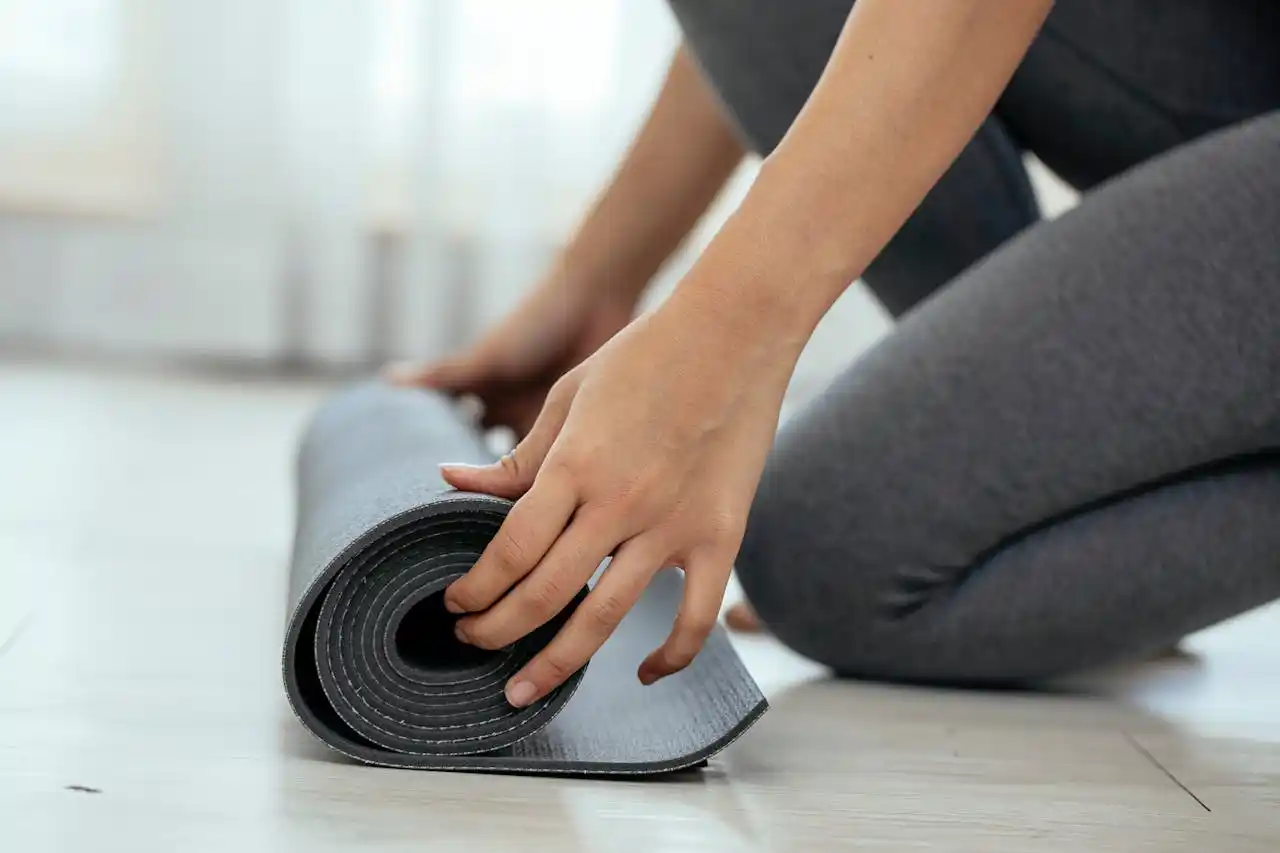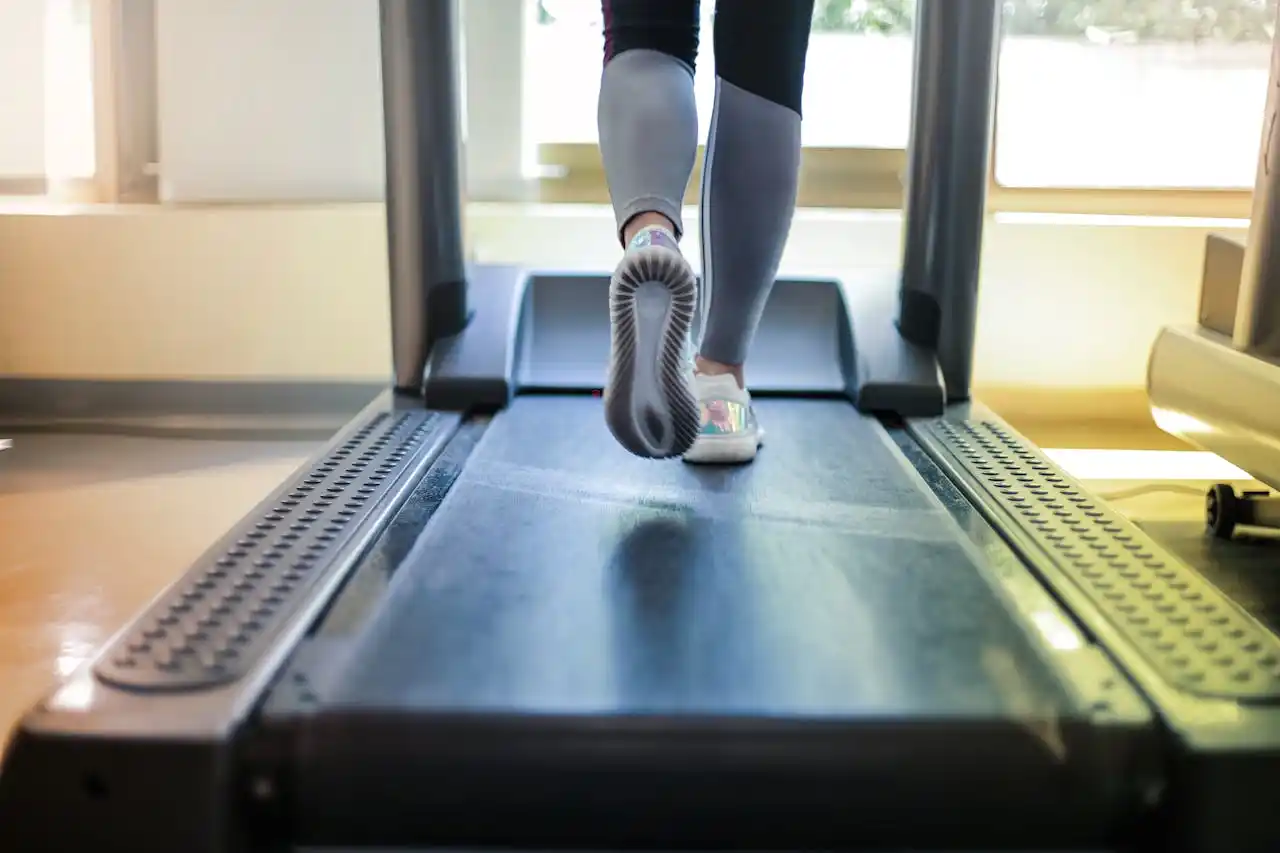Workout after surgery is a critical component in the journey of weight loss and recovery. Engaging in exercise after a surgery designed for weight loss not only helps maintain the results but also contributes to muscle toning, strengthens metabolism, and boosts overall physical health. However, it is important to remember that each type of surgery comes with its own set of recovery timelines and exercise restrictions. This makes it vital to approach workout after surgery carefully, ensuring that it is done safely and progressively.

Workout after surgery: starting slowly
For those who undergo gastric bypass surgery, the initial weeks after the procedure are crucial for healing and adjusting to a new lifestyle. Workout after surgery following gastric bypass should begin with light activities, such as short walks. This can start as early as a few days after the procedure, depending on the doctor’s recommendations. Walking is an excellent form of exercise that doesn’t put undue strain on the body and promotes blood circulation, which is important for healing.
During the first few weeks post-surgery, the body is still adjusting to the new stomach size and digestive changes. Therefore, starting with a workout after surgery that is low-impact helps avoid stress on the body and minimizes the risk of injury. Walking for short periods, gradually increasing the time and intensity, is an ideal way to begin the fitness journey. Once the patient is comfortable with walking, it’s possible to incorporate more challenging activities like light jogging or cycling.
An earlier start to physical activity
For those who opt for an intragastric balloon, the return to physical activity can typically begin sooner than with gastric bypass. Since this procedure involves placing a balloon in the stomach to induce a feeling of fullness, recovery tends to be faster, and there are fewer changes to the body’s digestive system in comparison to a bypass surgery.
A workout after surgery following an intragastric balloon procedure can start within a few days or weeks, but it’s essential to start slow and follow a progression plan. Initially, low-impact exercises like walking, stretching, and light yoga are encouraged to prevent any strain on the abdominal area. However, before engaging in more intense activities such as weightlifting or running, it’s critical to check with a healthcare professional to ensure that the body has fully recovered.

Key exercises in post-surgery workout routines
Once the recovery process progresses and the body becomes accustomed to lighter activities, it’s time to begin a more structured workout after surgery routine. To optimize results and minimize the risk of injury, the exercises should gradually increase in intensity and vary to target different muscle groups.
Walking and Light Jogging
Ideal for building stamina and improving cardiovascular health. These exercises can be done almost immediately after the surgery and are an excellent starting point.
Strength Training
Once the body has sufficiently healed, strength training can be incorporated to build muscle tone and improve metabolism. Begin with bodyweight exercises such as squats, lunges, and push-ups before moving on to resistance training with light weights.
Yoga and Stretching
Yoga and stretching exercises help improve flexibility and prevent injuries. These activities can be started as early as a few weeks after surgery, provided there are no complications. Gentle movements and poses should be introduced to allow the body to regain flexibility and strength.
Low-Impact Cardio
Activities like cycling, swimming, and elliptical training are great for building cardiovascular health without placing excessive stress on the joints. These should be added to the routine as the recovery progresses.
Core Exercises
Once the abdominal area has healed, light core exercises can help to strengthen the muscles of the stomach, improving posture and toning the body.
Listen to your body!
One of the most important aspects of workout after surgery is knowing when to start and how to adapt the routine. It’s vital to listen to the body’s signals and avoid pushing too hard too soon. Starting too aggressively can lead to setbacks, including muscle strain or joint injury, which will hinder the recovery process. The key is gradual progression.
It is essential to consult a healthcare provider before starting or adjusting any exercise routine. Medical guidance helps identify warning signs like pain, swelling, or dizziness, which may indicate that the intensity is too high.
Typically, patients can begin more intense workouts, such as weight training and higher-impact cardio, several months after surgery. However, even then, it is crucial to progress slowly and steadily, gradually increasing the intensity and variety of the exercises.

Embrace a healthier future!
Workout after surgery is crucial for maintaining weight loss and improving overall health. Whether following gastric bypass or other procedures, exercise plays an important role in toning and strengthening the body. That’s why at Boscen Weight Loss, every stage of the journey matters. From the moment a procedure is considered, through preparation, surgery, and long-term aftercare, our team is committed to providing comprehensive support focused not just on weight loss, but on lasting health and well-being.
If you’re exploring the option of gastric bypass in Tijuana, our experienced professionals are here to guide you through every step of the process. Let us help you move forward with confidence as you embrace a healthier lifestyle, and an improved quality of life!




